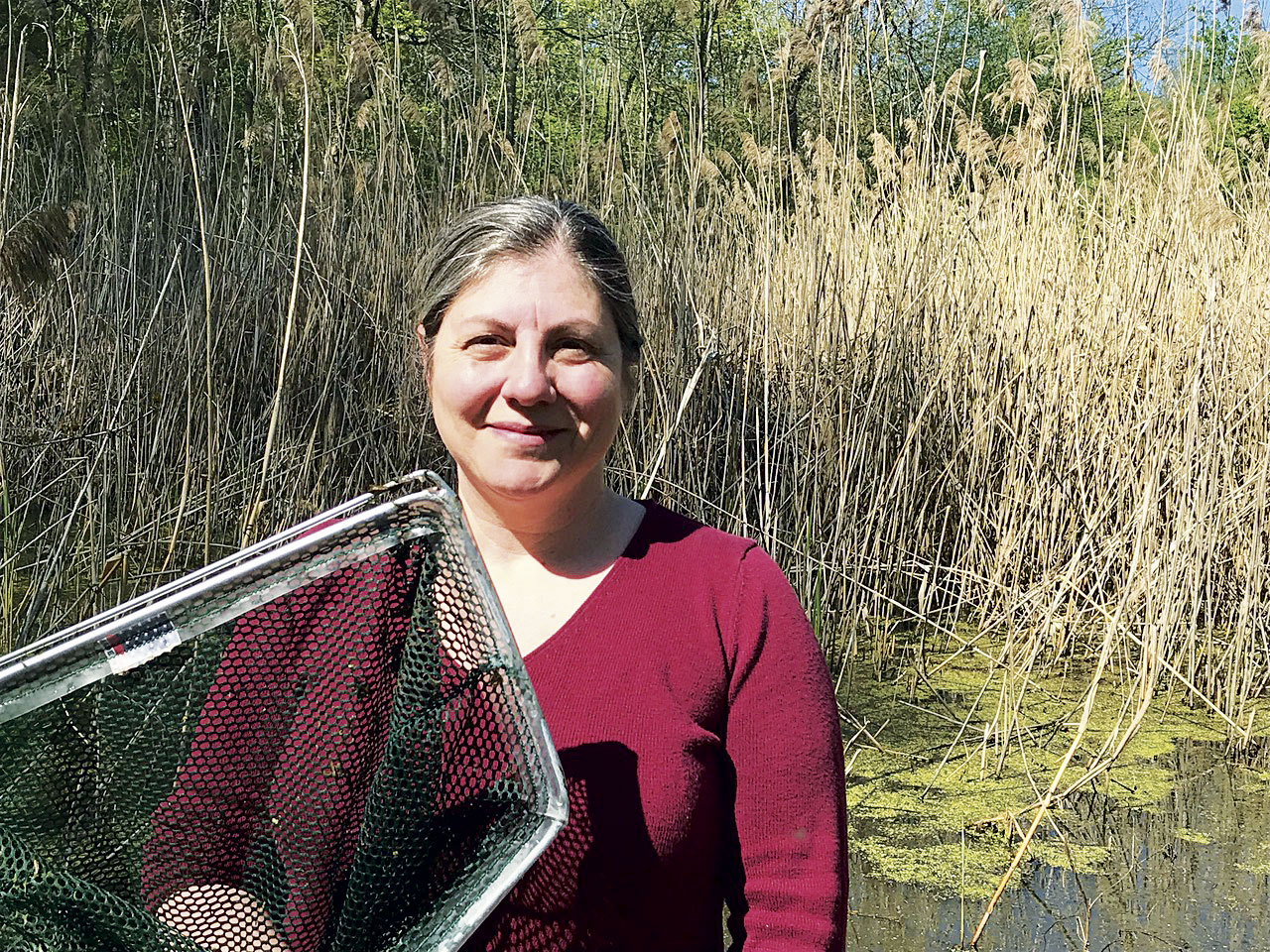If you ever visit the beach, take a look at all the animals: crabs scuttling across the sand, seals bobbing on the waves and sea stars tucked into tide pools. Maybe there are even whales spouting on the horizon. Earth’s oceans are home to thousands of creatures.
But, as you know, human pollution reaches our waterways and all the animals that live in them.
To learn more, I talked to my friend Erica Crespi, an associate professor in the Washington State University School of Biological Sciences. Crespi studies how animals that live in water respond to all kinds of stresses, including pollution.
Crespi said it’s important to realize that many different types of pollution harm ocean animals.
First, there’s plastic. According to the International Union for Conservation of Nature, 9.5 million metric tons of plastic waste ends up in the ocean every year. A blue whale can weigh 150 metric tons—so the amount of plastic in the ocean weights more than 63,000 blue whales.

This includes not only household trash but also runoff from roadways, bits of material used to package items and wastewater, which contains the dirty leftovers from our toilets, tubs and factories.
Some of these are microplastics, very tiny plastic particles. Scientists have found microplastics in big animals like sharks and small ones like mussels—and even in humans.
Plastics can harm animals in all sorts of ways. They can hurt digestion, damage body parts and make it difficult for them to swim. They can also harm their ability to grow and reproduce. Many plastics also contain toxins that make animals sick.
Oil is another major cause of water pollution. Some oil spills in the Gulf of Mexico have been leaking into the water since before you were born!
Oil damages seabirds’ feathers, so they can’t stay dry and warm. Predators that eat animals with oil in their bodies build up more oil, which can make them sick over time.
Pollution can even reach the ocean through the air. As carbon dioxide increases in the atmosphere, some of it dissolves into the ocean, making the water more acidic. Sea animals are used to a certain level of acidity. When that changes, an animal might not be able to adapt.
When pollution harms one type of animal in the ocean, it affects all of them.
“We have such amazing company on this planet,” Crespi said. “We rely on healthy ecosystems. We value all the animals we see in the oceans from tiny zooplankton to large dolphins and whales, and all of those animals depend on each other to be healthy.”
It’s OK if water pollution feels like such a huge problem that it’s overwhelming to think about. You can help by making small changes. Encourage your family to use less plastic or spend a day picking up trash near your house or the waterways you visit.
You can also help by getting curious about how pollutants are made and how they reach the ocean. There is still so much we don’t understand about how they affect the health of animals and even ourselves. Humans can help solve big problems by working together to find big solutions. By asking questions like the one you did today, you’re taking the first step to making the world a better place.
Sincerely,
Dr. Universe